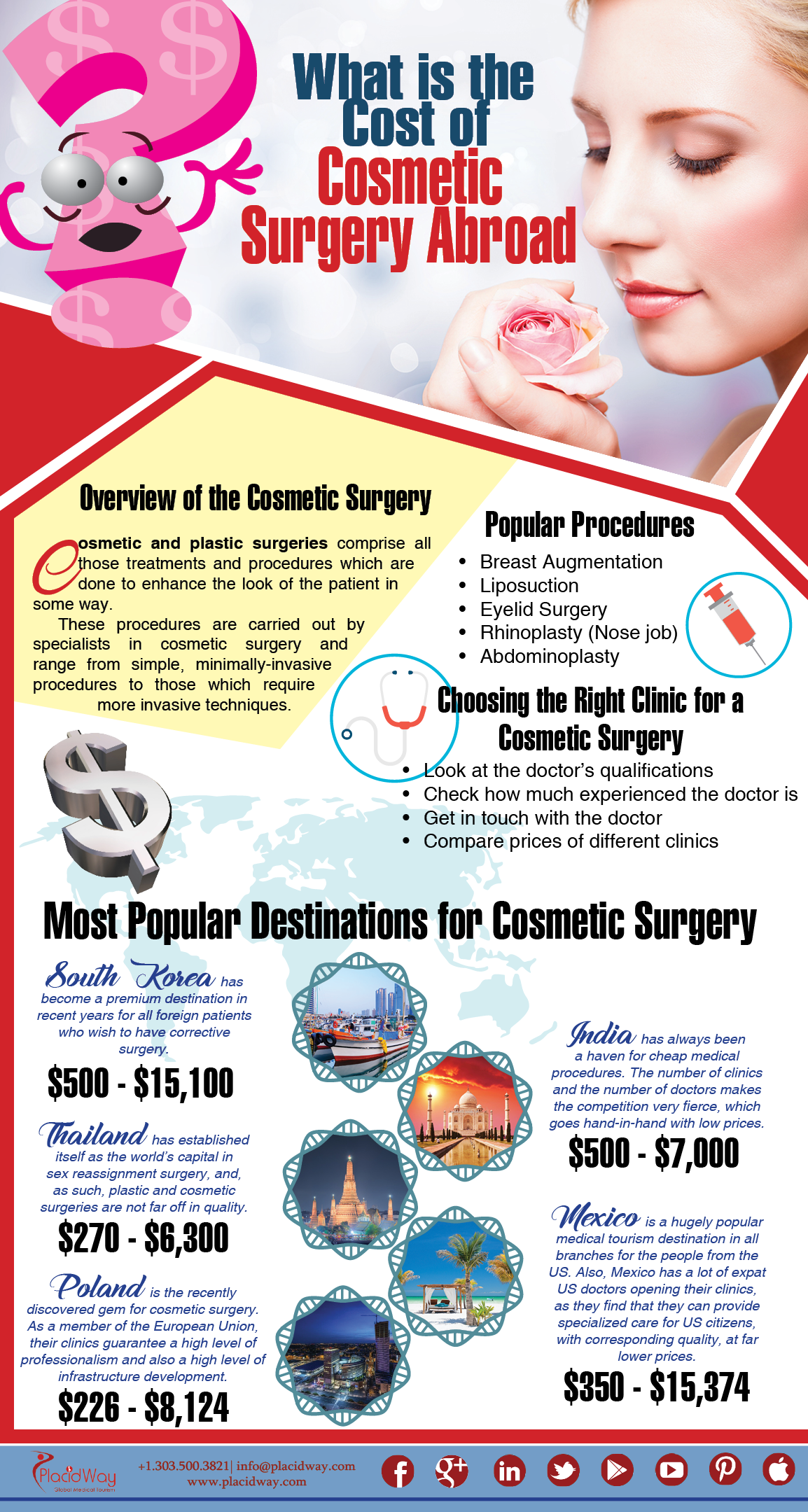How To Find The Right Sunscreen For Acne
How To Find The Right Sunscreen For Acne
Blog Article
Sources of Acne on Cheeks
Acne outbreaks in the cheek location are set off by many points, from touching your face frequently to not changing your pillow case typically enough. Picking at imperfections enhances your risk of infection and scarring, and particular medications can worsen dark areas (postinflammatory hyperpigmentation).
Thankfully, there are numerous methods to avoid and treat cheek acne. These include:
1. Hormonal Changes
Acne is mostly triggered by hormones, especially those produced throughout the age of puberty and maternity. For some, a family history of acne might additionally add to their problem. Anything that blocks pores, such as oil-based skin treatment products or waxy hair products, can trigger acne. Various topical treatments, like benzoyl peroxide and salicylic acid, can fight microorganisms and unclog pores. Those with extreme or persistent acne must seek treatment from their doctor.
Avoid touching or squeezing your acne, as this can press several of the microorganisms deeper right into the skin, causing a much more severe breakout. It is also vital to transform pillow cases on a regular basis and utilize clean makeup brushes. You should additionally attempt to prevent irritants such as friction from wearing a headgear or limited collar.
2. Diet plan
The greasy, sugary foods that many individuals assume trigger acne might really not do so. In fact, researches have actually shown that eating a diet regimen abundant in whole, nutrient-dense foods helps to prevent outbreaks.
Foods high in the glycemic index (such as white bread, corn flakes, blew rice and potatoes, doughnuts and other breads) elevate blood glucose levels quickly, and this can raise hormonal agents that increase oil production and bring about acne.
Consuming cow's milk has also been connected to boosted acne breakouts. If you are a normal cow's milk enthusiast, you might want to attempt switching to low-fat or nondairy alternatives that are strengthened with calcium. Furthermore, drinking even more water can aid to decrease acne because it aids to keep the skin hydrated.
3. Excess Oil
While oil is important for healthy and balanced skin, it can end up being an issue when too much sebum blends with dead skin cells and blocks pores. This mix can produce blackheads, whiteheads and pimples. The obstructed pore wall can break down and spill bacteria, dead skin cells and sebum right into surrounding skin. This causes a red bump referred to as a pimple. Occasionally these red bumps have pus in the center from a bacterial infection. Bigger infected bumps that resemble acne are called cysts.
There are numerous points that can trigger excess sebum and clogged pores, consisting of hormone variations, diet plan and daily routines. Some examples consist of touching the face frequently, relaxing your hand on your cheek, using unclean makeup brushes and not transforming pillowcases consistently.
4. Anxiety
If you're dealing with pain pimples or a variety of blackheads and whiteheads, it may fake botox be time to talk with a skin specialist. They can recommend an efficient treatment that fits your skin type. Exercising relaxation and stress-reduction methods also assists.
Acne can take place in the cheeks because of rubbing and pressure, such as when an individual touches their face frequently or puts on a hat or sports helmet that massages against the skin. It can likewise show up where greasy cosmetics and creams rub versus the skin.
Avoid pressing acne, as this can push infected product deeper into the skin and cause scarring. Instead, see a physician to learn more about preventative treatments like drug, skin care items and lifestyle modifications. Consuming a healthy diet regimen of whole foods, obtaining 7 to nine hours of rest and using noncomedogenic makeup and skin care products can all help reduce acne outbreaks.
5. Hair Products
Hair products are not normally thought of as a root cause of outbreaks, but they can contribute to acne on the cheeks in some individuals. Pomade acne, which is characterized by little shut comedones and papulopustules, is typically brought on by making use of oily hair products which contain comedogenic active ingredients such as specific oils and acetylated lanolin.
Picking hair products that don't consist of these possibly comedogenic ingredients is a crucial action toward reducing outbreaks. Also, guaranteeing that hair items aren't coming in contact with the skin can assist stop outbreaks. For example, using a headscarf or hood at night can limit hair-to-face call and lower the possibility that leave-in hair items will certainly abrade onto the face.
In addition to utilizing a non-comedogenic cream and cleaning with an acne face wash, other practical approaches include: